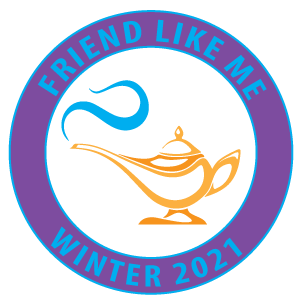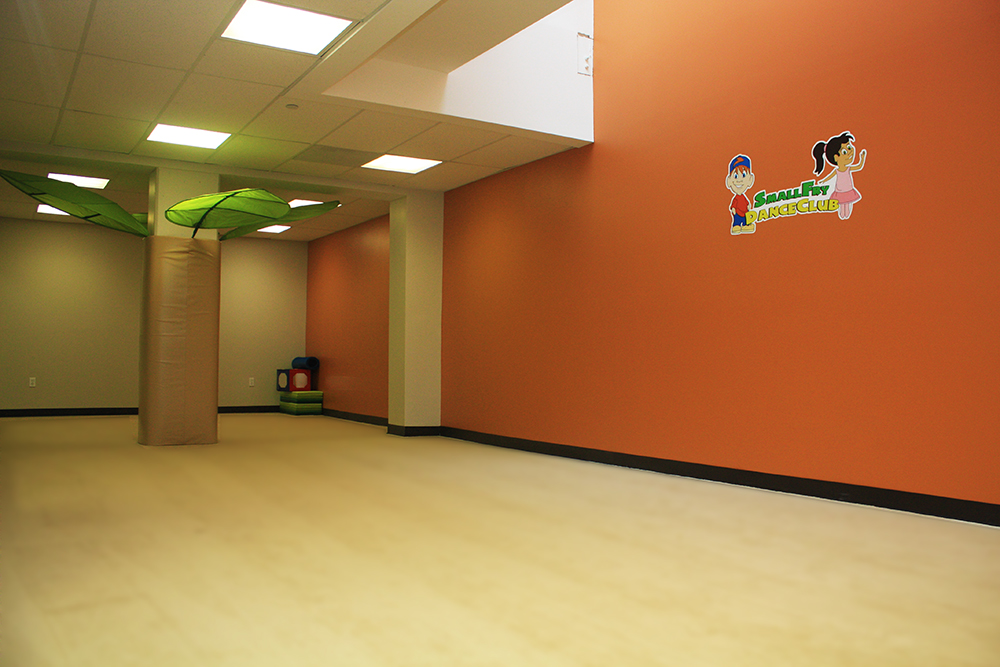Curriculum Page
Dance & Performance
2-4 years
Welcome to the curriculum page for our 2-4 year old classes! Be sure to look over the most current posts to stay in line with the rest of the studio. You can use the sample lesson plan for the week, or take the backbone and customize it for your tastes and teaching styles. Just be sure to cover the performance materials and that you stay in line with monthly themes.
Current Monthly Theme
OCtober – Flexibility
this week's plan
Teacher jana’s lesson plan
printable template
make your own plan
Quick Snap Shot
Current Focus

Style: Musical Theatre (Jul-Dec 2021)
Featured Dance/Song: “Friend Like Me”
Sample Playlist: Bottom Of This Page
Choreography: Click Here For Latest Video
Song Edit: Friend Like Me
Motor Muscles Theme: Crossing The Mid-line
General Class Tips Videos
Use of Props
Structure vs. No Structure
Differences Between 2-4, and 3-5 year old classes
Our lesson plans are designed to give guidance and structure to each of our levels while giving the teachers the creative freedom to add their own style to each class. You can print and follow along with Teacher Jana’s weekly lesson plans and songs or you can take parts of her plan and incorporate it into your own.
The only requirements are that you stick to the current style, choreography for the featured dance, the featured dance/song, and the monthly themes. These four elements is what brings us together as a studio and as teachers.
The remaining sections of class can be taught as you see fit, provided you remain within our framework. You can choose the songs, and how you wish to incorporate the curriculum into each section.
The various sections of class are listed below along with a brief description of each. The sections combine to make a 45 minute class.
45 Minute DAnce & Performance Class
Sections Of Class
Braindance (5 min)
Developed by dance educator and author, Anne Green Gilbert, Brain Dance® is a full-body-brain exercise based on developmental movement patterns that healthy human beings naturally move through in the first year of life. Opening class with this sequence will help you and your students prepare to work together, concentrate, and be more present in dance class. It will also give you insight on learning patterns that will help guide your lesson plans and choreography. For this age group short and sweet is the best approach. Using repetition very intently is how they will find and appreciate structure.
WATCH VIDEO
gross motor / warm up (5 min)
During this section of class we will begin moving large muscle groups. This can be done in a number of ways but the goal is to increase the heart rate gradually and warm the physical body. Creating an exercise that moves the kids around the dance space also gets them oriented to the studio or classroom. #multitasking
free dance / prop (5 min)
During free dance time the structure is low and the dancers become the leaders. As long as you’ve set some clear boundaries to keep the kids safe, let them explore! Tangible props with different textures are an awesome add to fire up more preschool senses. Try following the kids’ movement/choices during this time. It reinforces the idea of an exchange, the kids feel seen and proud, and it lets the young dancers know you value and respect their ideas! Lead by example here and be a “dancer” during this song. Try to give as few verbal cues as possible.
featured dance / structure (7-10 min)
The featured dance exposes students to a specific style of dance. We also start to dabble in memorization, sequencing and attaching to the music. Elements that come into play include starting pose, verse and chorus, character, and storyline, technique revolving around the specific style, and having an audience. This is the most structured part of the Dance and Performance class. For the 2-4-year-old dancers, the goal of this number/exercise is exposure. Ideas you can emphasize that are developmentally appropriate are staying in one spot, beginning, and ending.
meditation / "starfish" (5 min)
The Starfish section of class is most often our halfway marker. Dancers lay down and simply breathe for 1 short ballad. We drop the lights and move around the room to make adjustments to each dancer’s body. Adjustments include swinging their legs, pointing and flexing their feet, stretching their legs for them, and or squeezing their lower leg. This section ensures that you have made contact with each student before the class ends. The moment at which the dancer lets you move their body passively and or closes their eyes, signals they truly trust you. A dancer who will not let you hold the weight of their legs during this exercise is probably not completely comfortable yet. In 2-4 year old classes I always ask permission to swing their legs. If a child is reluctant , I will sometimes ask to demonstrate with the parent instead so the child can observe before they participate.
WATCH VIDEO
creative movement / prop (5 min)
It’s important to make this part of class feel like a brainstorm. Let the dancers know there are no wrong answers and that you hope they do a dance they haven’t ever done before. Props are helpful for sparking creativity, especially using a prop different than its designated design. That discovery or permission tends to start a snowball effect with the dancer’s ideas. As a teacher, you should sincerely participate in this section of class. The dancers will imitate your attention to trying new things. When this section has ended it’s a great idea to let the dancers clean up their props independently and emphasis on sorting really grabs their attention.
WATCH VIDEO
obstacle course / Motor Muscles (7 min)
During the obstacle course, the dancers move through a sequence of instructions one at a time. 2-4-year-old dancers will excel at 1-2 instructions and 3-5-year-old dancers can do 3-4 instructions or tasks. It’s a good rule of thumb to match the number of instructions to their age. Taking turns is great for practicing impulse control. Be sure to acknowledge a patient dancer; it’s a new concept for this age group. Implementing this section also gives you a chance to give individual attention, notes, corrections, and celebrations! This is a great place to insert Motor Muscles themes. Beware of the 2-year-old who travels to the middle of the tunnel and won’t come out. Lol!
stretching / cool down (5 min)
The stretching section is always the last exercise of the class. The tiny dancers are more flexible than they know so it’s a good idea to have them moving for many minutes before holding stretches. Some classic shapes the dancers know and expect are straddles, butterflies, and seated hamstring stretches. Creating a story or building something imaginary will help them hold their shape. For the 2-4-year-old dancers, I find bookending the class with the same energy, shape, and auditory cues (talking and singing for example) creates a clear closing. I tend to go back to the formation, instructions, and energy I used for BrainDance.
Goodbyes / stamps (3 min)
When closing class we sing a goodbye song, revisit some important concepts we hope they retain and also give a stamp or a sticker as a reward. I use this more as routine and not as much of a reward at this age level. I also heavily prefer stamps over stickers as I think they won’t drop or lose a stamp and seeing it later in the day reminds them of the class time. I often stamp above their wrist so it won’t disappear when they wash their hands.
This week’s sample playlist
Be sure to follow chapetonj on Spotify for all the latest playlists. If you need ideas for your own playlist, be sure to search our song lists.
Current Month’s Lesson Plans
Week 1
October
Week 2
October
Week 3
October
If you have questions about any of our curriculum or need someone to bounce ideas off of, let us know.

